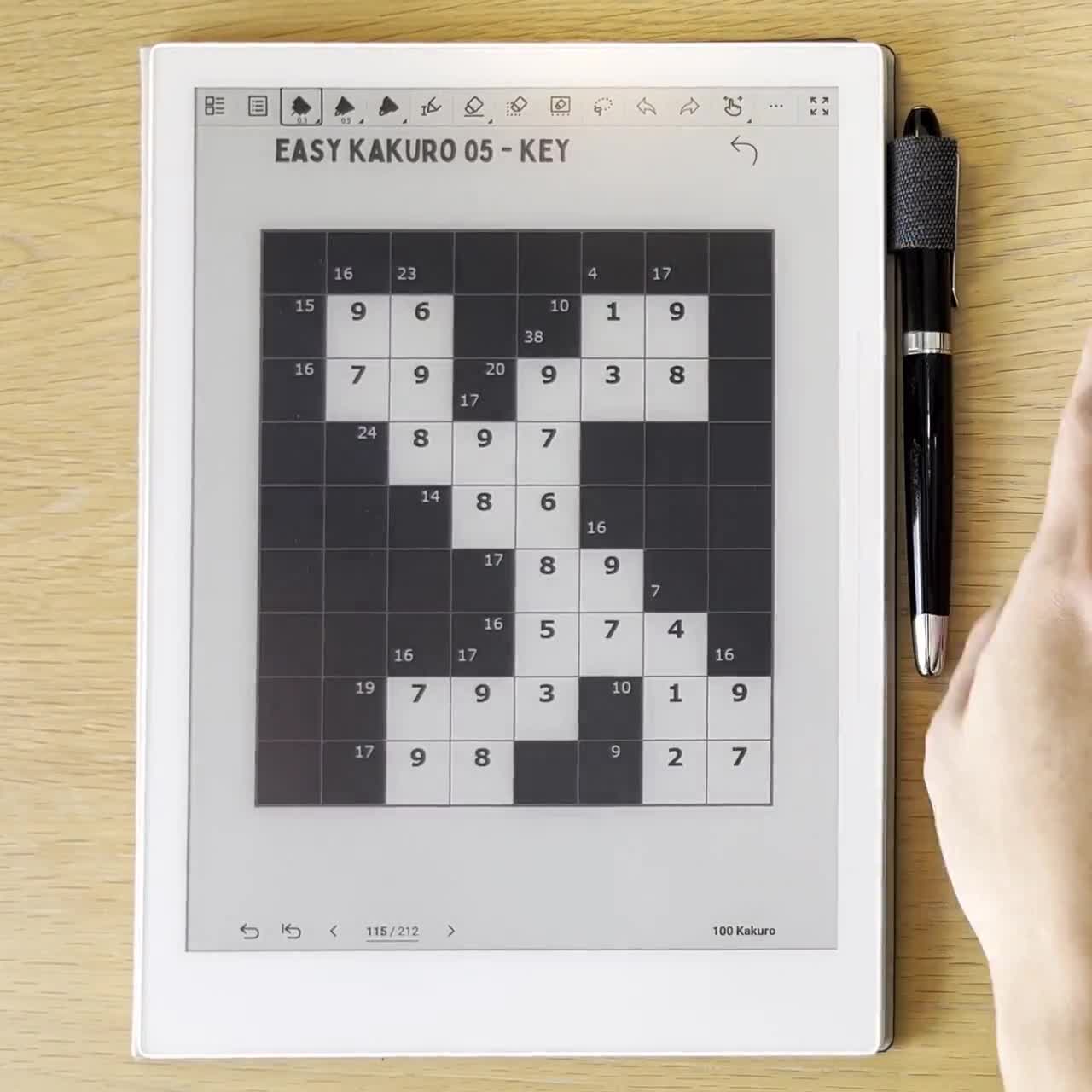Numerous types of puzzle games are available for play, ranging from sliding picture puzzles to elaborate AAA video game titles centered around puzzle-solving. Despite the continual release of new and innovative puzzles, certain classic ones maintain their appeal among a specific group of enthusiasts and players.
Kakuro stands out as a globally recognized number puzzle, alongside others like Sudoku and Hitori, which have established themselves within older puzzle-playing communities due to their timeless design and gameplay.
Although the majority of Kakuro players belong to the older demographic, there’s no reason why new players shouldn’t explore and join the ranks of Kakuro enthusiasts. Wondering why you should give Kakuro a try? Here are several compelling reasons:
- Refreshes Fundamental Addition Skills: Kakuro, functioning like a crossword, heavily relies on logic and addition. Each row and column has a given sum, requiring the addition of digits from 1 to 9. Engaging with Kakuro not only offers an entertaining puzzle but also serves to refresh basic addition skills. You can choose to play simpler grids at your own pace, making Kakuro a versatile game for skill enhancement.
- Easily Accessible, Such as Kakuro Conquest: Kakuro is a type of puzzle game that demands minimal resources. No sophisticated devices or costly materials are necessary; a sheet of paper, a pencil or pen, and a reference puzzle are sufficient. Affordable Kakuro puzzle booklets are widely available, and online Kakuro puzzles can be found on various free websites, including Kakuro Conquest. The simplicity of the game ensures that it doesn’t strain devices or consume excessive internet data, making it easily accessible to players.It’s essential to note, however, that unlike Sudoku, Kakuro requires basic addition knowledge, making it less suitable for very young children.
- Beneficial for Brain Stimulation: While any game stimulates the brain, number puzzle games like Kakuro offer a heightened cognitive challenge. The need for careful thinking to avoid errors and achieve the desired sum makes Kakuro particularly effective for brain stimulation. As individuals age, maintaining mental acuity becomes crucial, and Kakuro, through continuous play, entertains and sharpens the mind. Pattern recognition, inherent in Kakuro, aids in preventing dementia and other mental issues, making it beneficial for individuals in the U.S., Canada, or any other country.
- Calming and Satisfying Gameplay: Like many puzzle games, Kakuro features patterns and a recognizable flow of gameplay. For frequent Kakuro players, the process becomes therapeutic, especially when that first correct number clue sets the stage for subsequent revelations. The satisfaction of unraveling blank cells and understanding the solution creates a calming and gratifying experience. This sense of accomplishment contributes to the enduring popularity of number puzzles and their dedicated communities.
- Abundance of Variations and Puzzles: Kakuro, like online Sudoku and Hitori puzzles, captivates enthusiasts with its endless array of puzzles. The standard gameplay loop can be diversified through various variations, such as KenKen, a more math-intensive option with power problems and algebraic focuses. Killer Sudoku provides a challenging twist for those seeking familiarity within a grid. The abundance of puzzles and their diverse variations ensures that Kakuro remains engaging for enthusiasts.
There are myriad reasons to embrace Kakuro, and the aforementioned points represent just a few of the compelling aspects. Feel free to explore online Kakuro puzzles to see if it resonates with your preferences!








